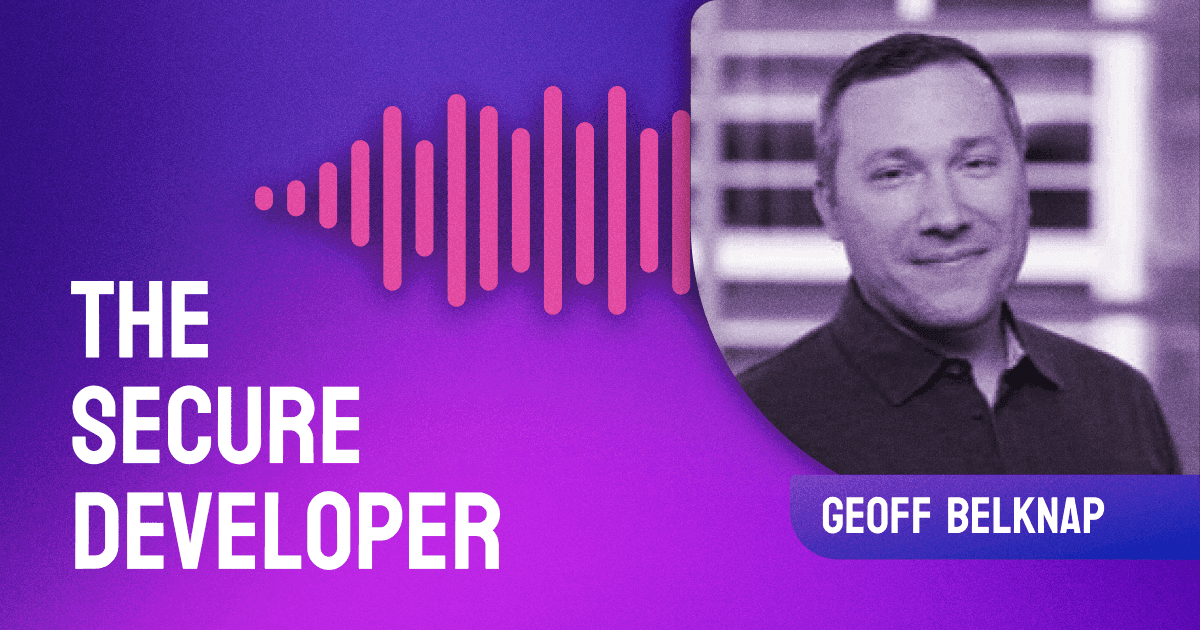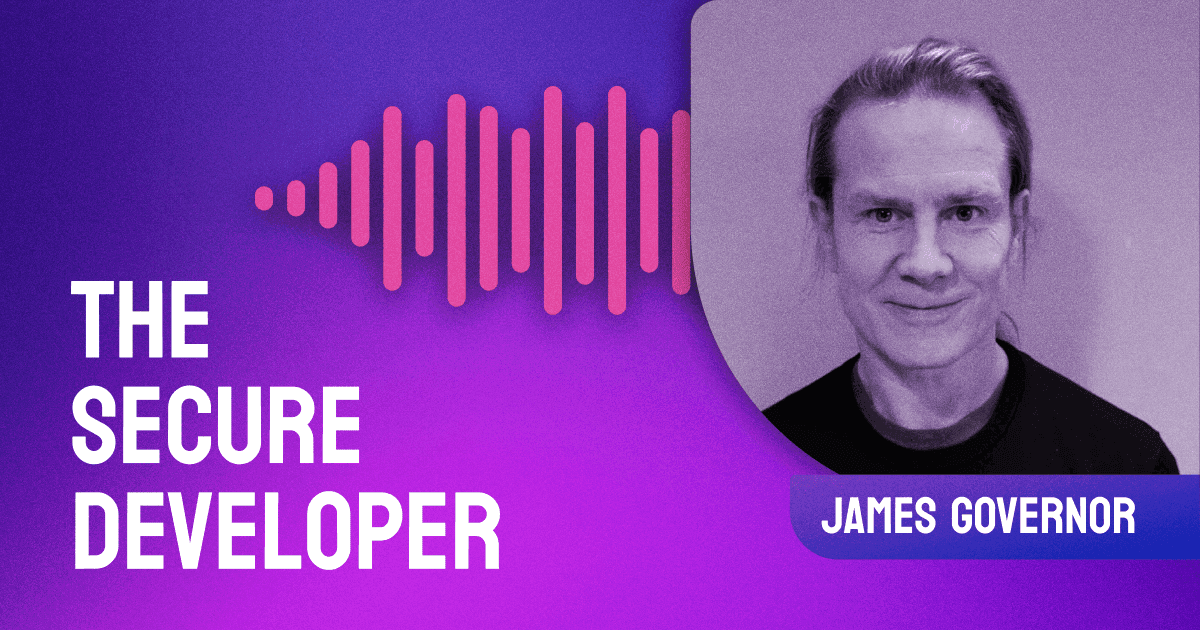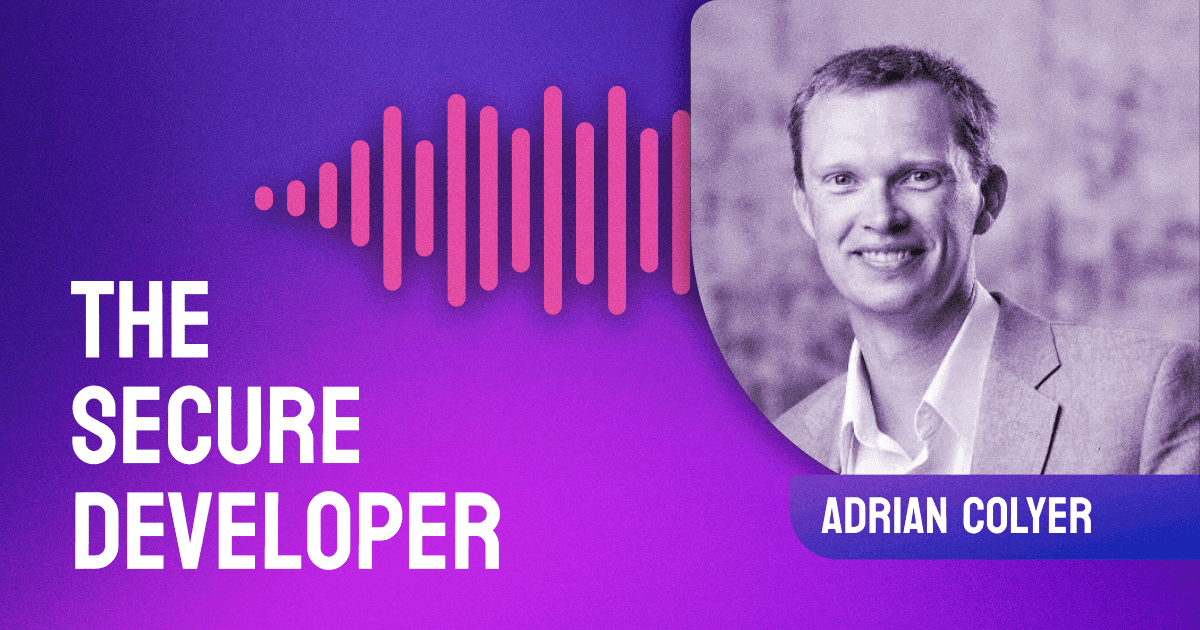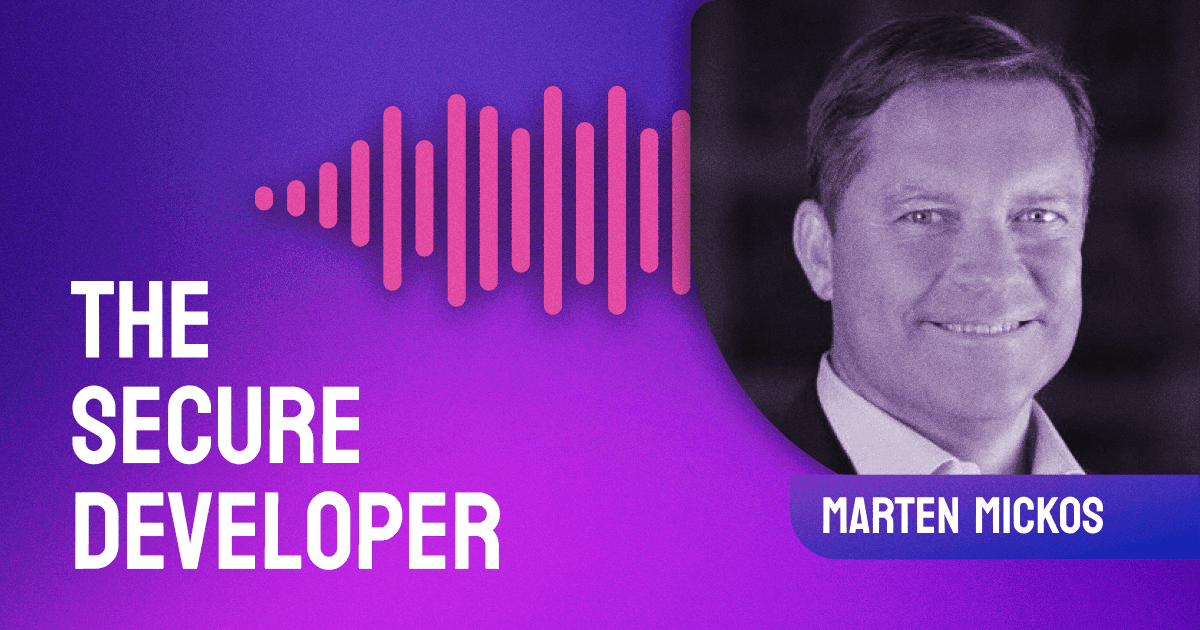In the latest episode of The Secure Developer, Guy is joined by Shaun Gordon, Chief Security Officer at New Relic. Shaun tells us how he got into a career in security and explains how the role of security has evolved at New Relic. He reveals their philosophy of adapting security processes to fit the way developers do their job and emphasizes the importance of exception alerts, scorecards, and automation to support a rapidly scaling organization.
The post Ep. #13, How New Relic Does Security appeared first on Heavybit.





